Newsdesk Archive

New research funded by DARPA (of course) suggests that soon, a lone techromancer might be able to turn the tide on the battlefield by controlling legions of drones using nothing but her mind.

The Adena pipe is the oldest three-dimensional representation of the human form in eastern North America. It was sculpted around A.D. 40 by an artisan belonging to the Adena culture.
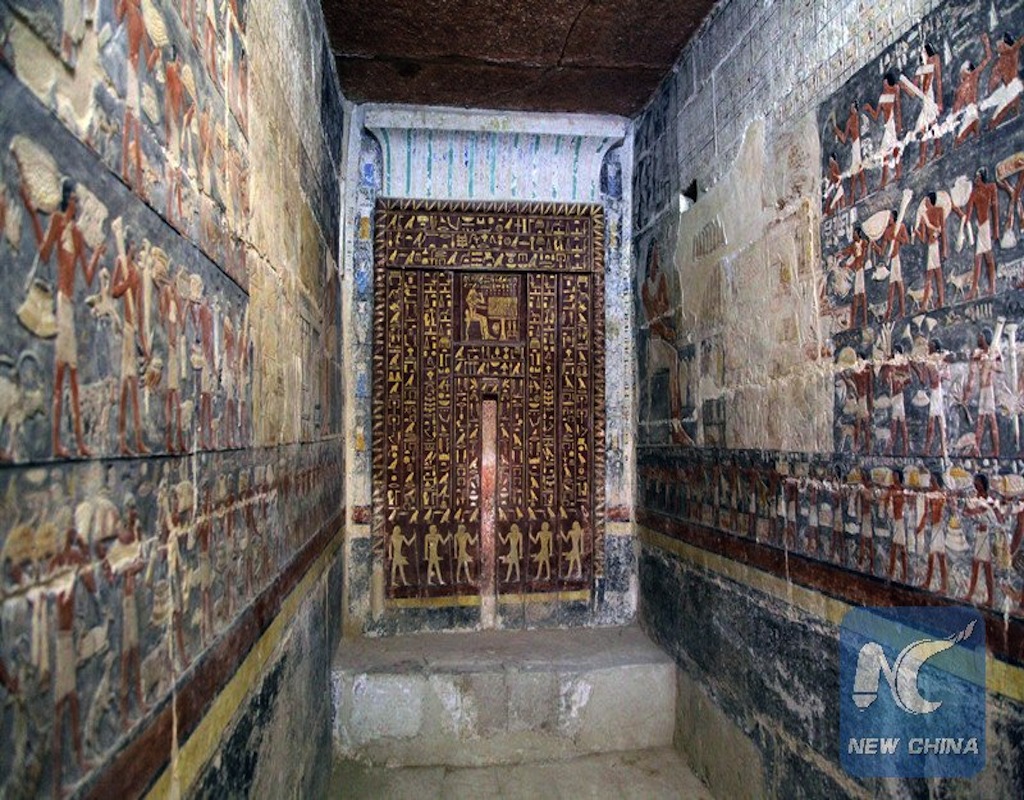
Minister of Antiquities Khaled El Enany opened the tomb of the sixth dynasty Vizier Mehu in Saqqara Necropolis, on Saturday for the first time since its discovery in 1939 by Egyptologist Zaki Saad.

Maggie Aderin-Pocock talks about what it takes to get to an asteroid, what they can tell us about our own origins and why we need to be keeping an eye on them.
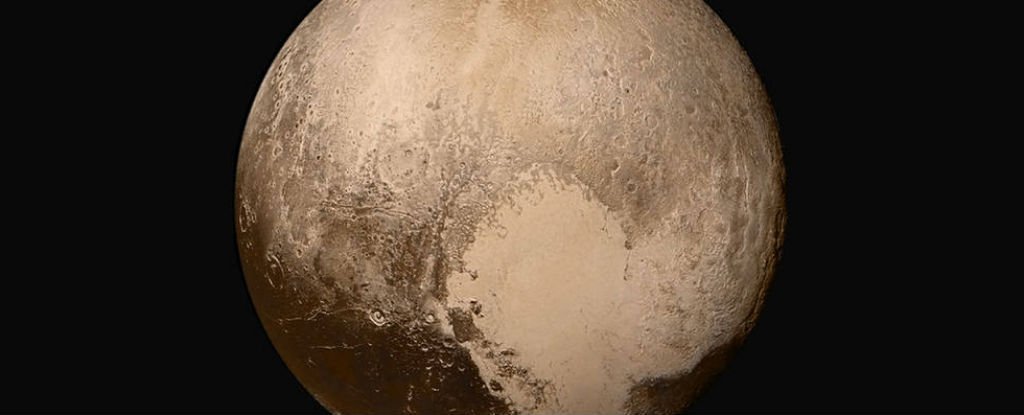
It's been 12 years since everyone's favourite dwarf planet Pluto officially lost planet status. And ever since there's been no end to the debate over whether or not that was the right call.

A team of researchers at Northwestern University said Monday they have designed a blood test that can measure a person's inner body clock within 1.5 hours, an advance that may help personalize medical treatments in the future.

The coveted prize was awarded to a Scottish veterinarian, two scientists who championed an overlooked protein and a pioneering researcher who helped advance the careers of other women.

Brazil’s oldest and most important historical and scientific museum has been consumed by fire, and much of its archive of 20 million items is believed to have been destroyed.

Civil liberties advocates sued the U.S. government, alleging law enforcement agencies have been making preparations to crack down on anticipated protests over the Keystone XL oil pipeline.

Traces of fats on pottery from Croatia may be the region's oldest known cheese, but the controversial claim has some experts holding their noses.
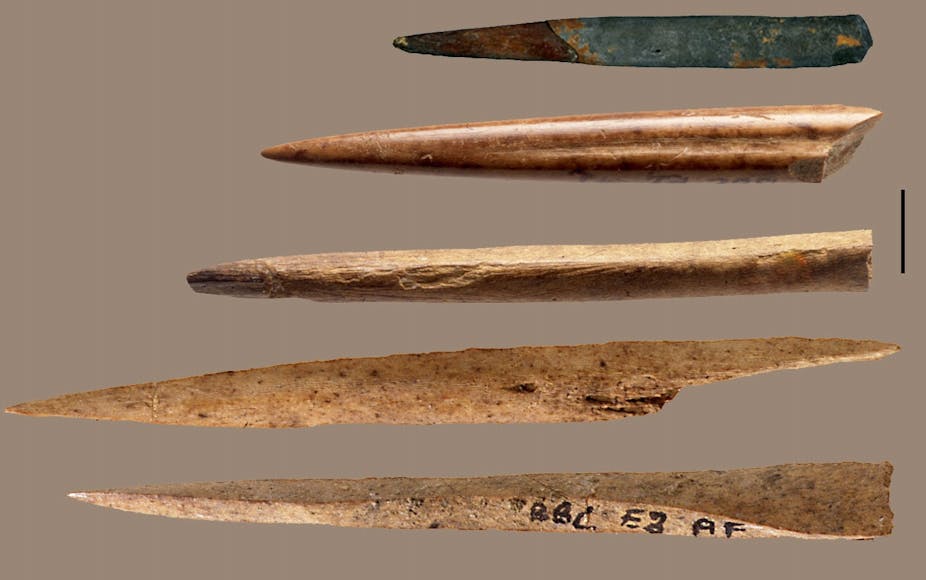
Carnivores and bush pigs appear not to have been selected for tool manufacture despite their remains being found in archaeological sites. Their apparent avoidance may have to do with cultural taboos.
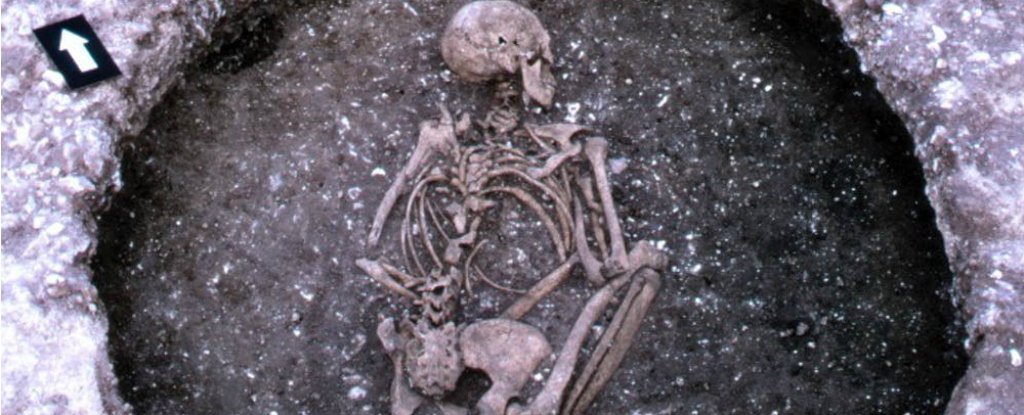
Imagine the thrill of discovery when more than 10 years of research on the origin of a common genetic disease, cystic fibrosis (CF), results in tracing it to a group of distinct but mysterious Europeans who lived about 5,000 years ago.

The move is part of a long-term plan to eradicate a malaria-transmitting species. This will be the first release of any genetically modified animals into the African wild.
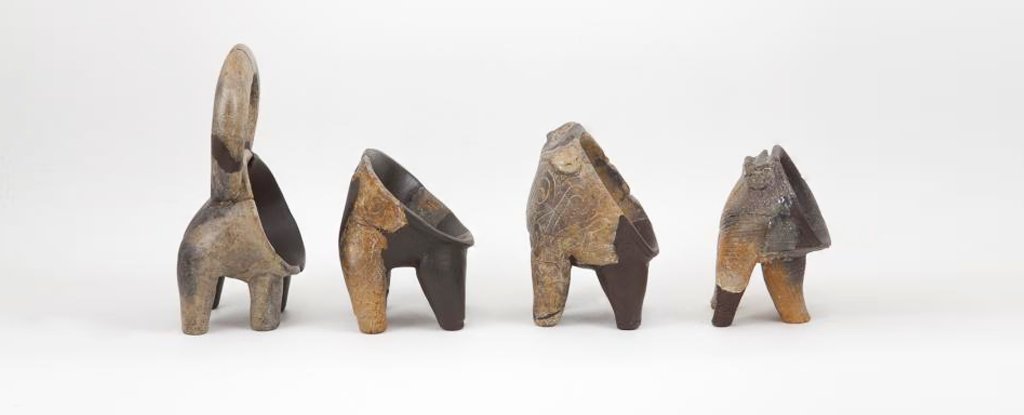
Residue on 7,200 year old pottery found in Croatia has pushed back the dawn of cheese making in the Mediterranean.

The 17-minute "mixed-reality" work 'Awavena' melds augmented reality, 360-degree film footage, and VR to tell the story of the sacred brew.
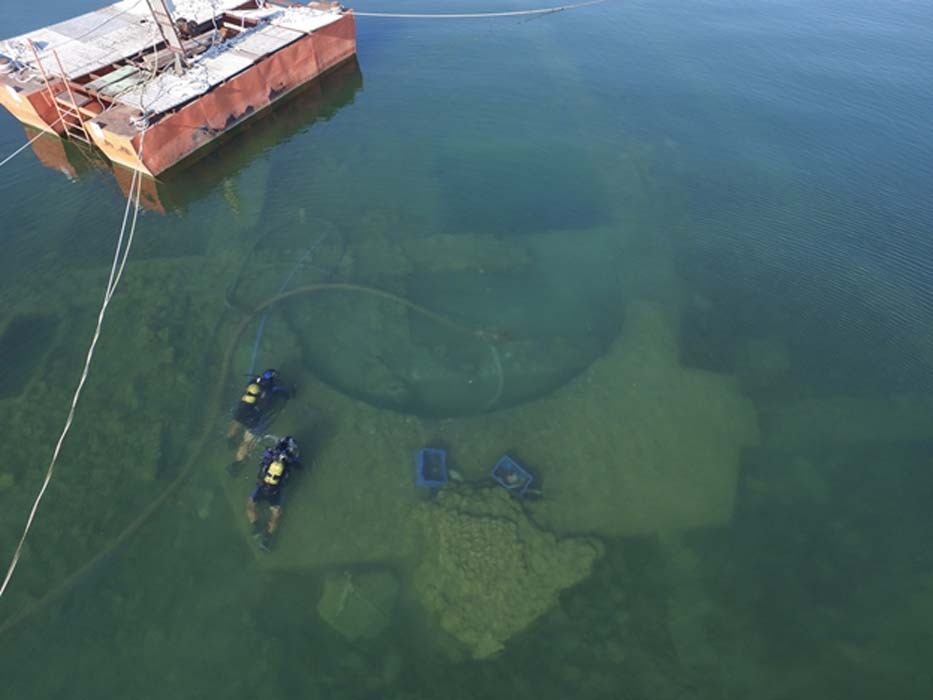
The foundations of a massive submerged ancient church in Turkey are suspected to have been built on top of an even greater treasure, an older Roman pagan temple dedicated to the sun god Apollo.

One of the UK's leading female astronomers is to donate her £2.3m winnings from a major science prize she was awarded.
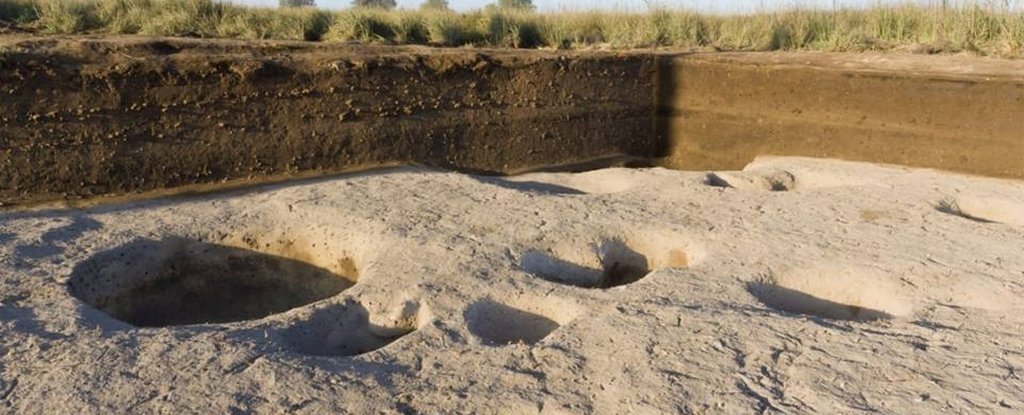
The Neolithic site, at the fertile Tell el-Samara some 140 kilometres (87 miles) north of Cairo, is up to around 7,000 years old, according to the Egyptian Ministry of Antiquities.

Firefighters race to save historical relics from huge blaze at Rio de Janeiro's centuries-old National Museum.
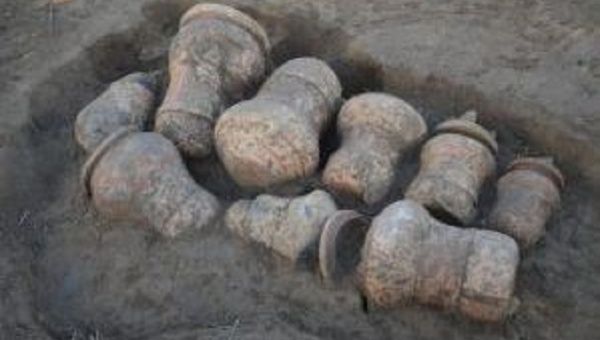
Though similar discoveries have been made in both Peru and Ecuador, for scientists to encounter pre-Hispanic Amazonian funeral urns in Brazil is unheard-of, Kazuo explained.

A multimedia guide is being created so that viewers will be able to virtually visit the vast underground realms of Beit Lehi, the lost city of Ancient Israel.
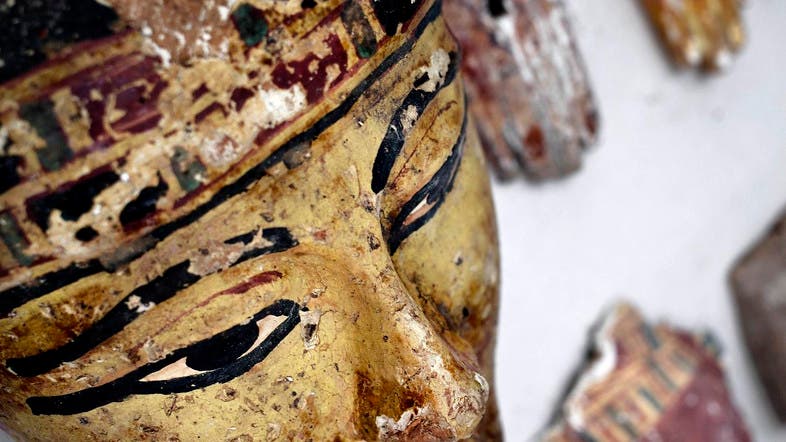
A papyrus from Ancient Egypt showed hieroglyphic instructions on how women can find out if they were pregnant or not by peeing into a bag of barley and a bag of emmer, (a wheat variety cultivated in ancient Egypt at the time).

“The Mayan Codex is authentic and the oldest, legible pre-Hispanic manuscript in the Americas,” said Diego Prieto Hernández, an anthropologist and head of the Mexican institute.

Mawurndjul has produced a body of work so sophisticated, so spellbinding and so beautiful that it has earned him accolades not only in Australia but also across Europe.

Overnight and in the morning there was an abnormal situation - a pressure drop, an oxygen leak at the ISS, though crew are safe and unharmed by the breach to the exterior shell.

First Nations peoples have rights and a moral obligation to care for water under their law and customs. Yet surprisingly to Hooper and other Indigenous activists in the region their cultural needs were not considered in water flow plans.

Professor Booth said the large-scale marine megafauna project — designed to protect whales, dolphins, turtles and sharks — was too important to delay.
:format(webp)/cdn.vox-cdn.com/uploads/chorus_image/image/61080677/acastro_180510_1777_alexa_0001.0.jpg)
The Verge spoke to Cox about the history of the human voice, AI, and the strangeness of the inner voice.

The massive pyramid, totalling eleven separate platforms, was just one feature of this Bronze Age site that was built on at least six pits full of decapitated human heads which served as a building sacrifice.

If all goes well, Hayabusa-2 will be the first spacecraft to successfully deploy landers to gather data from the surface of an asteroid.

There is an artifact decorated with a face that is impossible to tell if it is human or animal. A bowl has a design that could represent a constellation or even an anatomical chart.

Some of the oldest tattoos ever known have been identified on the shoulders of Egyptian mummies dating back more than 5000 years.
How many more species of Homo Sapiens were there? Were there other species exploring our planet, interacting, and sometimes breeding, 100,000 years ago? What happened to them?

Climate change may have played a more important role in the extinction of Neanderthals than previously believed, according to a new study.

The 3,200-year-old cheese is exciting because it shows that the Ancient Egyptians shared our love of cheese – to the extent it was given as a funerary offering.
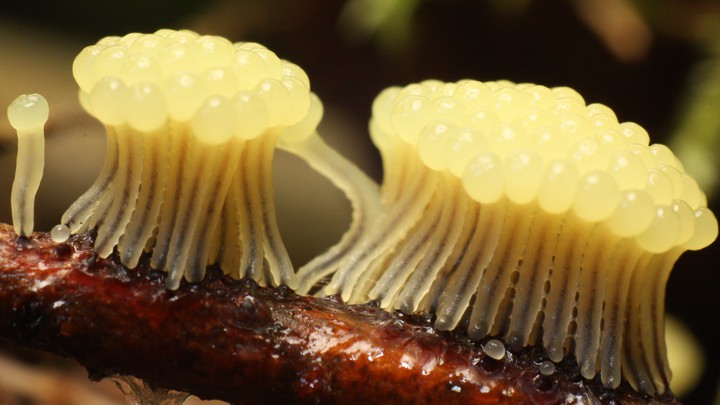
Your high-school biology book needs an update.
/arc-anglerfish-syd-prod-nzme.s3.amazonaws.com/public/O2K6Y5FRO5E67LSFRMK7BLU3YQ.jpg)
It's a 4300-year-old walled metropolis. At its heart is a giant step pyramid — lavishly adorned with stone stylised eyes and faces. Now called Shimao, it's ancient name is long since lost.

The finds offer an unprecedented look into the lives and deaths of ancient insects.

Forget deflecting asteroids from hitting Earth—some engineers are drawing up a strategy to steer asteroids toward us, so our atmosphere can act as a giant catching mitt for resource-rich space rocks.

Researchers found that cold periods coincided with an apparent disappearance of our evolutionary cousins in different parts of the continent, followed by the appearance of our species, Homo sapiens.

The discovery is the first of its kind outside the human lineage.
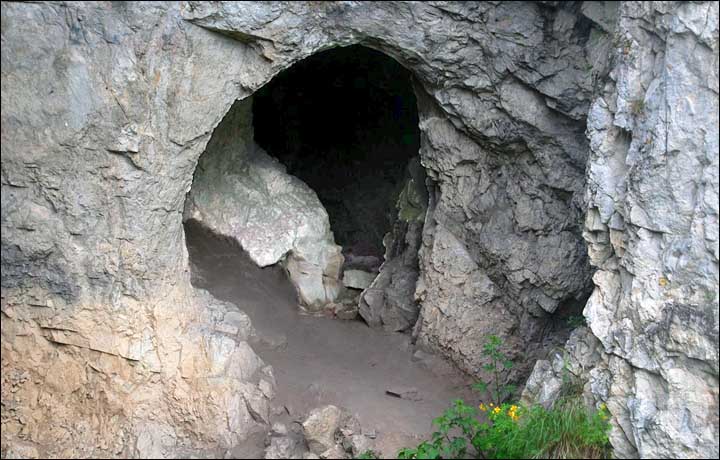
Look inside the remarkable cave which remains a hive of activity with archaeological researchers painstakingly scouring the dirt floor for more jaw-dropping discoveries.

Some scientists feel the hybrid teenager may not have been an oddity but representative of a hominid population with equal Neanderthal and Denisovan genes, indicating our ancestors were more open to “the other” than we are now.
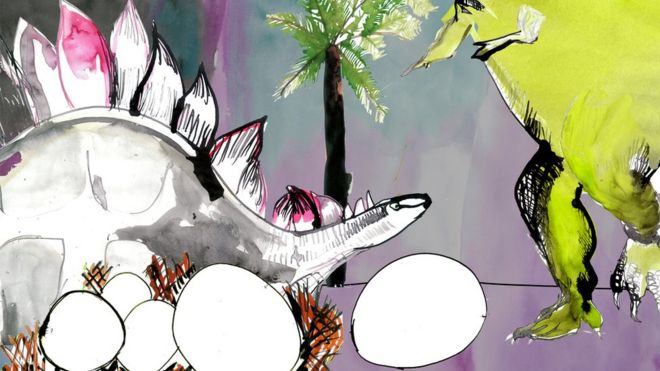
Researchers at the University of Kent say their work uncovers the genetic secret behind why dinosaurs came in such a variety of shapes and sizes.

The Shimao structure’s stone buttresses form 11 steps. And these appear to have been heavily decorated. Part-animal, part-human faces have been found etched into its stones along with distinctive eye-like symbols.

Despite the fact that the survey revealed important findings about both the rate of sexual violence against Native women and its impact, the Urban Indian Health Institute hid it for years.

The immigrants not only brought new cultural practices; they also introduced new genes — such as the mutation that produces blue eyes — that were previously unknown in that geographic area.

The linage of the Neanderthal-Denisovan child indicates just how complex the familial relationships were between all these early forms of humans. Genetic tests revealed that the Denisovan father of the girl had at least one Neanderthal ancestor himself.

‘Creating Tradition: Innovation and Change in American Indian Art’ showcases crafted items from the last few centuries alongside the work of modern Native American artists, showing the influence of previous generations on modern design and artwork.

The ancient tracks at Engare Sero have stood the test of time, but they won't last if left exposed to the elements.

The Denisovan/Neanderthal offspring identified in Vernot's research is estimated to be around 90,000 years old, and comes from what researchers have inferred from genetic and morphological markers to be a 13-year old female.

Five scientists were part of an international team that took animal fat residue from ceramic pots used by residents of the ancient Neolithic city of Çatalhöyük in southern Turkey.

Researchers are proposing to add a new arrow to our planetary-defense quiver: steering small, benign near-Earth asteroids (NEAs) into big and hazardous ones, in a dramatic, high-stakes game of cosmic billiards.
/https://public-media.smithsonianmag.com/filer/05/e3/05e3b9d7-0836-4169-b8cb-e0da7e912dc3/178247_web.jpg)
A 5,000-year-old burial site near Kenya’s Lake Turkana likely served as a bonding place for a culture in flux.

Historical and modern research shows Australian Aboriginal oral traditions embodied sophisticated readings of the night-sky.

Currently, there are 573 federally recognized tribes and more than 200 that are not recognized. The Lumbee occupy a unique netherworld between the two.

Uncolonized looks at the history of “Indian boarding schools” in the late 19th and early 20th centuries where native children were sent to assimilate them to Euro-American standards.
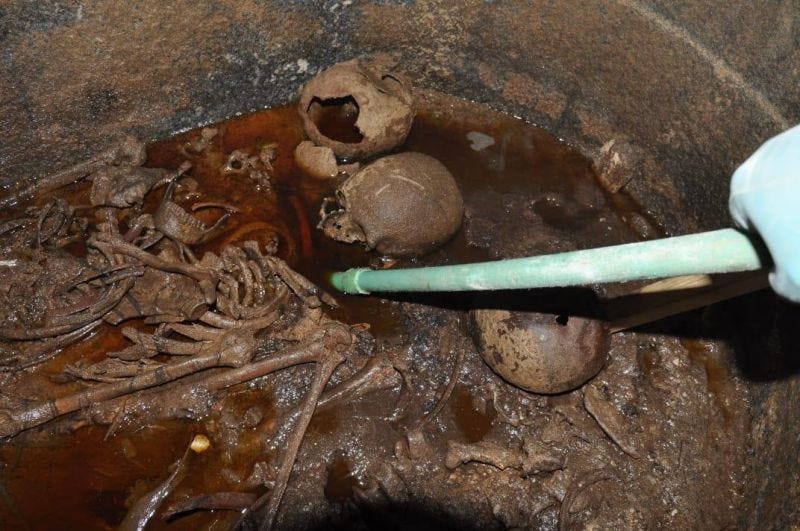
The woman lived for a long time with a small hole, about 17 millimeters wide, in the back of her skull, suggesting she experienced an early form of brain surgery known as trepanation. If true, it would represent a rare example of this surgery in ancient Egypt.

Discovery suggests that distinct ancient human species may have mingled and interbred happily.

A university professor believes he has found the lost city of Etzanoa, once home to 20,000 Native Americans, in Arkansas City, Kansas. Tours of the site are now offered to visitors.
/https://public-media.smithsonianmag.com/filer/61/bd/61bd6072-7bae-4a8e-8be7-668424acc3e5/barley.jpg)
The “Wheat and Barley” pregnancy test described in a recently translated medical text has been practiced for thousands of years.

Waves of migration from Anatolia and the Zagros mountains to the Levant helped develop the Chalcolithic culture that existed in Israel's Upper Galilee region some 6,500 years ago.

From gerbil-tooth headdresses to ivory rings, a site in Kenya offers an unprecedented look into a 5,000-year-old herding community.

Newly-discovered genes that helped supersize human brains along with DNA retrieved from extinct humans, which can still be found in people living today, are expanding scientists' understanding of how our species evolved.

A new paper concludes that people followed at least two routes, coastal and interior, and that the view over the land bridge “commonly disseminated in the popular press is a prematurely narrow interpretation of current evidence.”
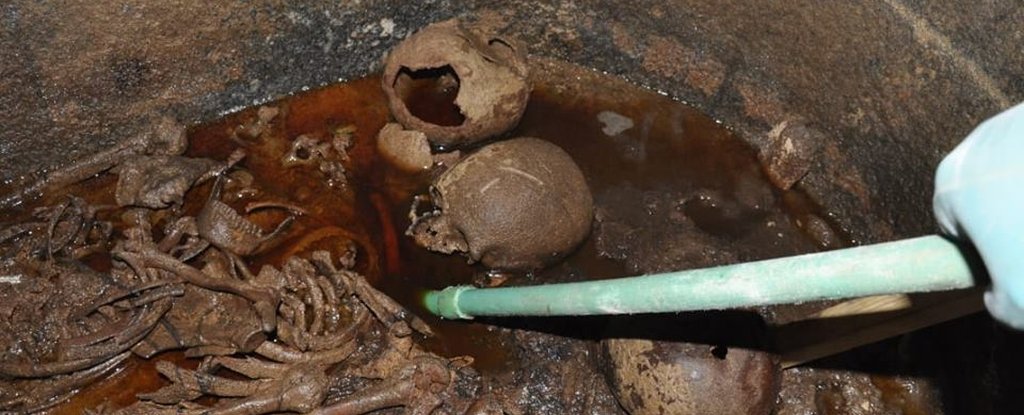
The three skeletons belonged to two men and a woman who lived during the early Ptolemaic period.
/https://public-media.smithsonianmag.com/filer/09/07/0907f108-431d-4b35-9b24-6c1aa9536169/turin_mummy.jpg)
The Egyptians were not only ritually mummifying people around 4000 B.C., for they had also already cracked the recipe for their embalming resin.
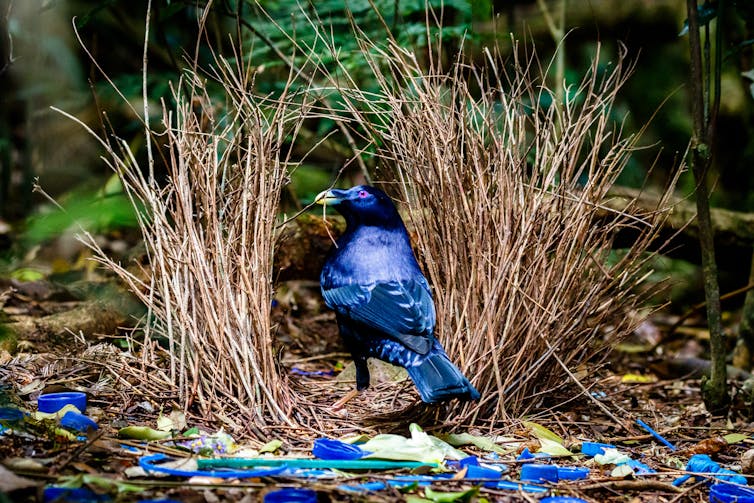
The obsession with decorating our bodies isn’t just a trivial activity. Archaeological evidence shows us it’s actually a large part of what makes us human.

Now more than ever we need to support independent media outlets in Australia.

A jar with a mysterious white substance was buried with Ptahmes, the mayor of Memphis, and somehow escaped the attention of grave robbers.
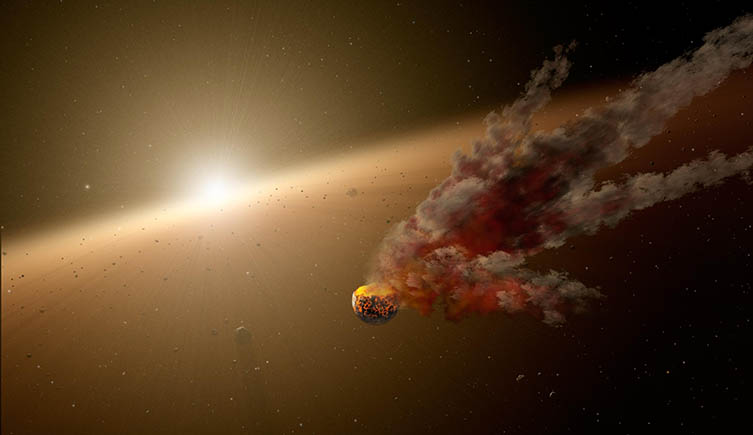
By studying water-rich meteorites on Earth, Museum scientist Helena Bates is working out where in the solar system the meteorites – and the water they contain – originated from.

In a new study researchers provide experimental evidence for previously unknown abrupt changes in proton (H+) transfer kinetics in water at 3.98?degrees Celsius.

It took an international group of researchers 13 years to crack the code and their efforts are already bearing fruit—one study has pinned down the genes responsible for wheat allergies and sensitivity.
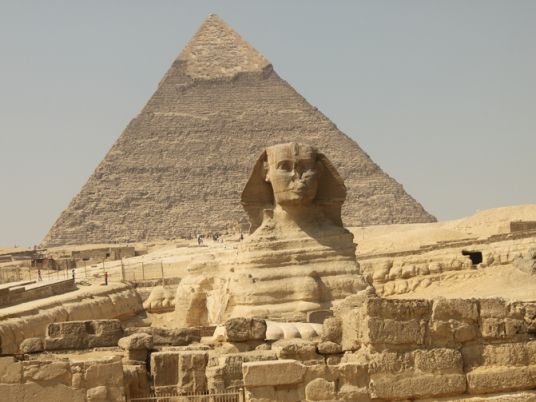
The new finding corresponds to a theory among some historians that two sphinxes are complementary in ancient Egypian art: one male, and one female.
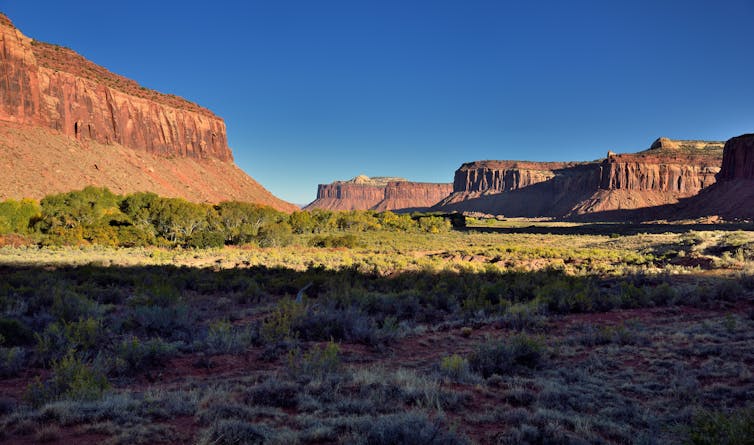
While Congress created the American Indian Religious Freedom Act to provide “access to sacred sites,” it has been open to interpretation. Native Americans still struggle to protect their sacred lands.
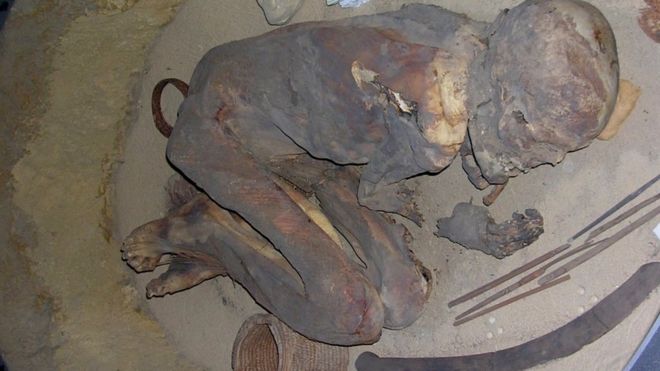
Forensic chemical tests carried out on a mummy dating to 3,700-3,500 BC revealed the recipe and confirmed that it was developed far earlier and used more widely than previously thought.

The scientists hit the inside of the pyramid with radio waves between 200-600 meters in length, tracked how the waves bounced around, and found that the pyramid acted like a mirror, directing the waves away from its apex.

An international team of researchers are now translating previously unexplored texts, which according to one of the researchers, contain new and exciting insights into Ancient Egypt.

Earth has a habit of picking up, and later discarding, small companions called "minimoons," and these tiny objects could help scientists solve the mysteries of asteroids.

New research confirms theory about how great society collapsed 1,000 years ago
An enormous drought that swept across Mexico around 1,000 years ago triggered the demise of one of the world’s greatest ancient civilisations.
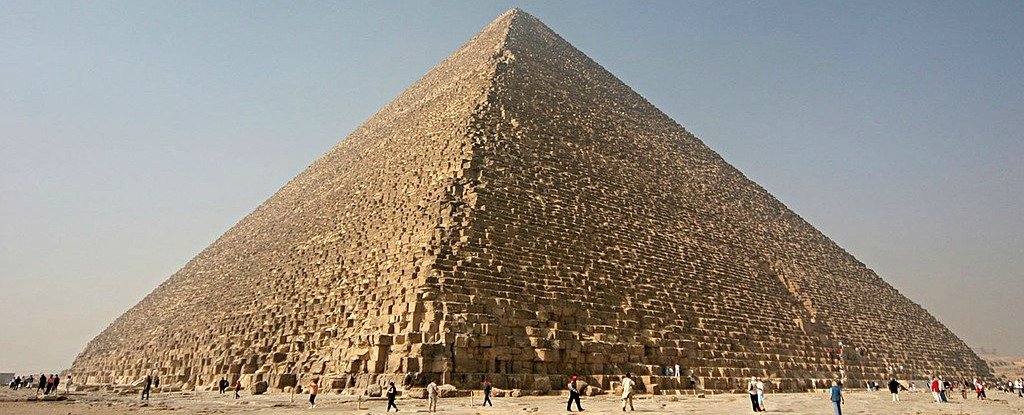
Theoretical research by an international team of physicists has discovered that the Great Pyramid of Giza can concentrate electromagnetic energy in its internal chambers and under its base.

Thousands of years ago, money was a means of debt payment, archaeologists and anthropologists say.

This will be Ohio’s first World Heritage Site, joining 1,000 others around the world, including the Pyramids of Giza, the Great Wall of China and Stonehenge.

Our species' ability to occupy diverse and 'extreme' settings around the world stands in stark contrast to the ecological adaptations of other hominin taxa, and may explain how our species became the last surviving hominin on the planet.

Today’s healthcare is full of technology that would seem like science fiction to our grandparents. But this is far from true in every area: some remain woefully neglected by innovation.

Great Plains people were skilled hunters — and savvy environmental managers.

Archaeologists see similarities between giant coins carved from stone and cryptocurrencies.

A study suggests the way our eyes move reveals a scary amount about what we feel inside – to the point where AI can predict somebody's personality type simply by watching their eyes.
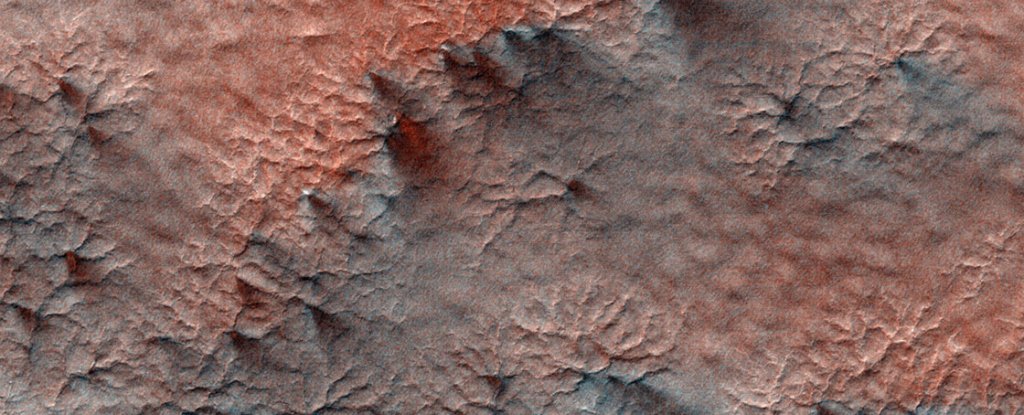
In addition to it being very cold and subject to a lot of radiation, the surface of Mars today is also extremely dry.

It was quite the celestial treat.

Once an asteroid has been identified, how do we know if it's a threat?

A child’s milk tooth, dating back to at least 560,000 years, was discovered in France. The tooth belongs to a sub-species of humans called Homo heidelbergensis.

The revelations were released by the University of Newcastle as part of the second stage of its online massacre map, which now covers frontier violence that occurred from 1788 to 1930.

Last month, Haaland soundly defeated five Democratic opponents to win the primary for an open congressional seat in a district that includes Albuquerque, the state’s largest city.
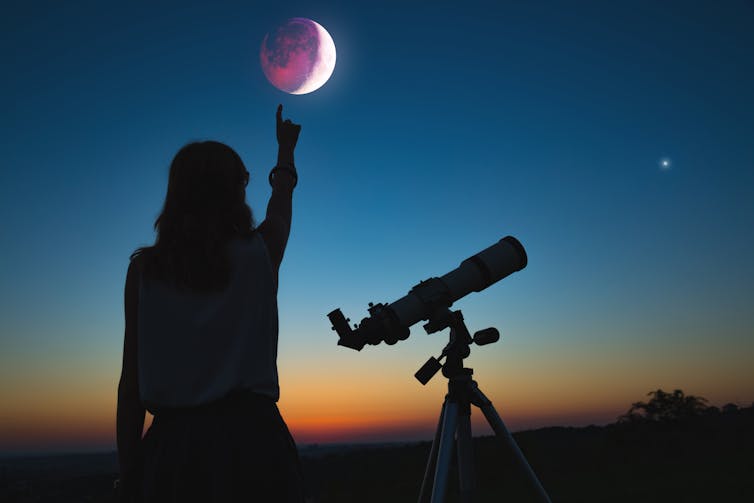
Visible for most of the world, it’s set to be the longest one this century, so there is plenty of time to take a look.
Data from January 1, 1999 to the end of January 2018 shows the spectacular increase in asteroid discoveries in the Solar System.
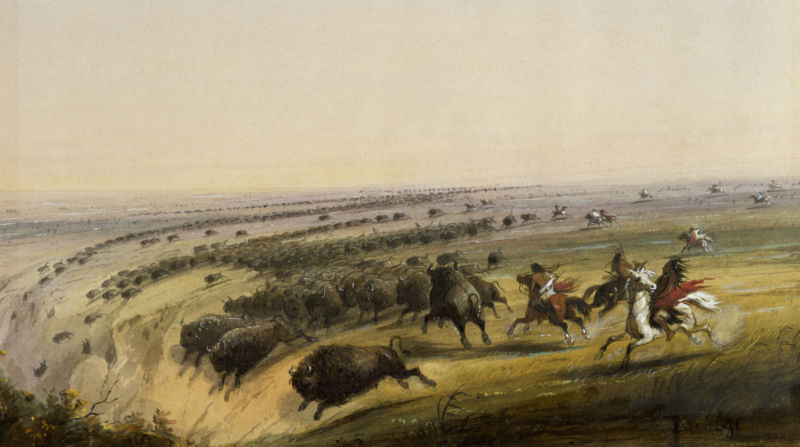
Pre-Columbian indigenous hunters burned patches of grassland to stimulate new growth, which tempted bison herds and lured them in for the kill.

Their plan, which is to wrap a massive bag around an asteroid and ferry it back to Earth, has significant engineering obstacles.

We're less certain now about how long ago modern humans evolved, when people spread around the world, and how we co-existed with other hominids.

Cahokia was the largest prehistoric American Indian settlement north of Mexico. It’s known as “America’s first city,” and it is believed to have had a population larger than London in 1250.




